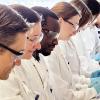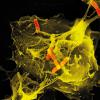Professor of Respiratory Research Louise Wain discusses an ongoing research project into the medium- and long-term effects of COVID.
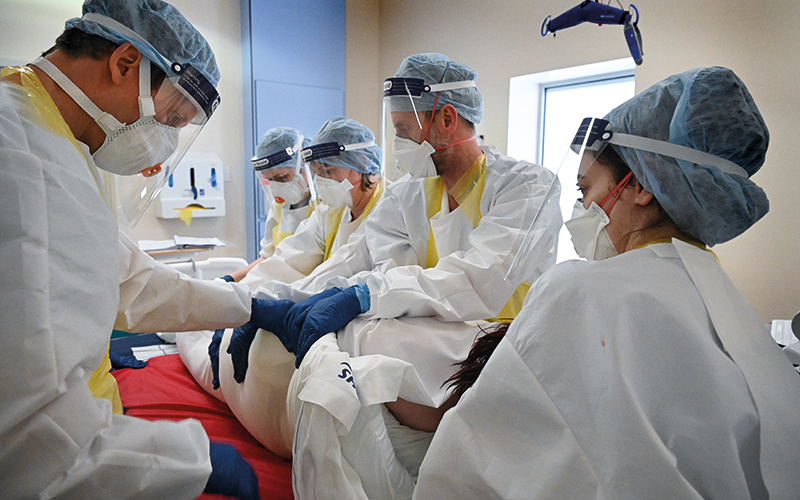
The Post-Hospitalisation COVID-19 study (PHOSP-COVID) was set up at the height of the pandemic to learn more about the medium- to long-term effects of the novel SARS-CoV-2 virus on the health of patients who had been hospitalised with the infection.
Headed by a team from the University of Leicester and University Hospitals of Leicester NHS Trust, the study expanded to become a national consortium of medical and scientific experts looking for answers to pressing questions: Why were some people more affected than others? Why did some recover quicker? Why did a few go on to experience lasting health issues?
The long-term physical and mental issues faced by people as result of infection by the virus have come to be known as long COVID, which is a key focus for PHOSP-COVID. The findings of its most recent research into the potential mechanism behind long COVID, based on blood samples from just over 1800 people who had been hospitalised with the virus, suggest that the much-reported cognitive impairments, including “brain fog”, may be the result of raised levels of two biomarkers, the proteins fibrinogen and D-dimer, which are linked to blood clots.
Collecting data
One of the co-authors of the report “Acute blood biomarker profiles predict cognitive deficits six and 12 months after COVID-19 hospitalization”, published in Nature Medicine in August) is Louise Wain, Professor of Respiratory Research at the University of Leicester and lead co-investigator (non-clinical) for PHOSP-COVID. Involved with the study from the outset, she recalls how little was understood about the virus and its effects. “We knew that viruses can have medium-to long-term effects on people, but any previous epidemics had been relatively small compared to this one. We also knew that if we didn't collect data on those effects from the start, we might not be able to understand them at all.”
The aim was to collect data that would not be available through routine healthcare records: no easy task given the enormous pressure on hospitals and staff. “We had to work with the clinical service and embed our work rather than trying to take any capacity from them,” says Wain, who worked with Chris Brightling and Racheal Evans, her colleagues at Leicester, to establish the framework for PHOSP-COVID.
What initially started as a study focused on Leicester quickly spread across the UK, with an unparalleled depth of data being collected. “Patients were coming back for a clinical visit, so we embedded the research on top of that, trying to minimise the burden on them while collecting as much information as we could,” says Wain. “We knew early on that the effects of COVID weren’t just limited to the lungs, so we wanted to make sure we captured data on the whole patient and tried to understand that. It was a lot of data that we were collecting and the study visits could be quite long for the patients, and some were quite often feeling unwell. We are incredibly grateful that they provided that.”
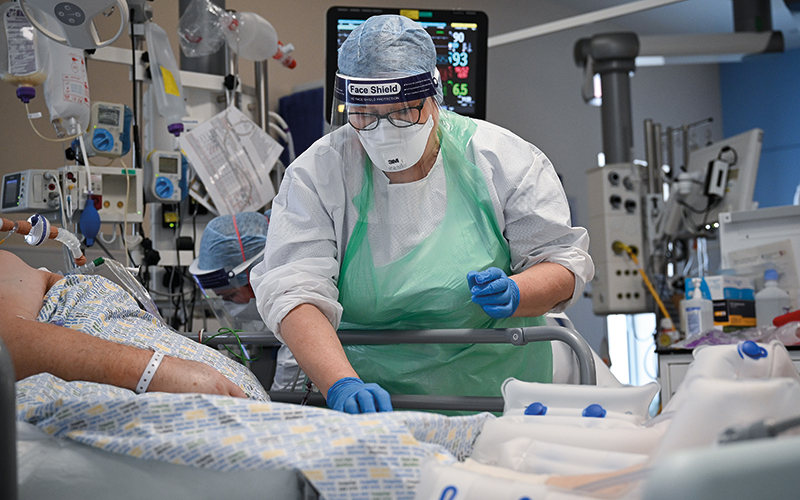
Level of detail
The information that has come out of this process has been crucial. “Being able to get into that level of detail and to separate out the subjective and objective measures of cognitive deficit would not have been possible without the PHOSP-COVID study.” The breadth of the study has been vital as well, helping to capture the huge range of presentation and severity of long COVID.
Drawing on that depth and breadth, the latest findings give a tantalising glimpse of what might be going on. “The link to the blood clot is a hypothesis based on what’s been seen from the biomarkers and what’s known about those biomarkers,” says Wain. “But what’s also important is that this provides some sort of validation that something may actually have happened during the acute phase and that is why people are feeling like this.”
It also demonstrates just how efficient the various teams working behind PHOSP-COVID are getting at analysing large amounts of data and in this case use the dimensionality of the changes in the biomarkers. But while biomarkers highlighted are fairly routine, whether the same mechanism might apply to the wider population who were not hospitalised remains to be seen. “It does need wider testing and validation, but it gives us a start,” says Wain.
Plenty of other studies are also in the process of drawing on that bank of PHOSP-COVID data, looking to add to the knowledge of long COVID. “As those studies start to come through, the hope is that we will be able to start to understand the different types of long COVID and the different mechanisms, and whether they are the consequences of things that happened in hospital or they are residual mechanisms that are just continuing to impact on people over time.”
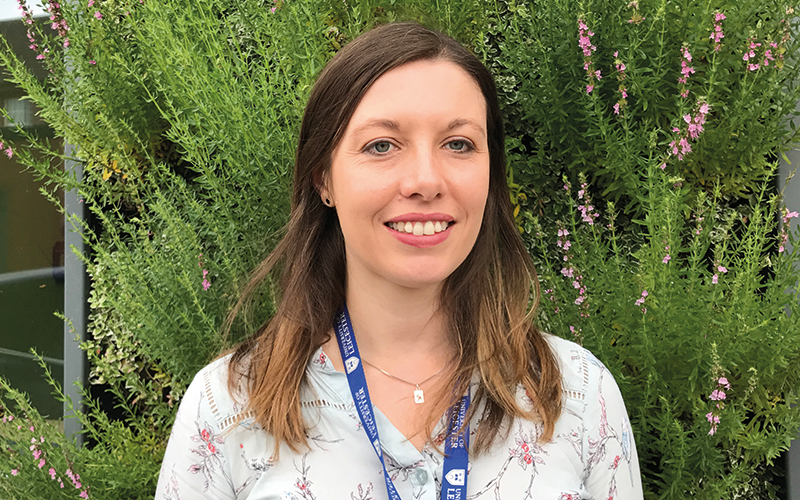
Louise Wain
- 2001: Masters degree, bioinformatics, University of Manchester
- 2005: PhD, virus evolution, University of Nottingham
- 2007: Research Associate, University of Leicester
- 2015: Associate Professor in Genetic Epidemiology, University of Leicester
- 2017: GSK/British Lung Foundation Chair in Respiratory Research, University of Leicester.
Years to come
Besides all these active projects, the PHOSP-COVID team is keen for other research teams to make use of the data, and the applications are coming in. “We have done the follow-up with participants at 12 months, where we brought them back and got more data and samples. They also consented for a 25-year follow-up from their medical records, so further down the line we could potentially look to see whether there are any particular long-term health outcomes that are more common in this population. And then we’ve got the data from the first 12 months, which we could look at to see if there was anything that we could have identified earlier.” In this way, the data could be revealing vital information for years to come.
It does have its limitations, says Wain, in that it comes from a hospitalised population, largely from the first wave of COVID. “That was before we knew how to treat COVID in hospital, and before the vaccinations and some of the later COVID variants. But in terms of understanding this seriously ill population, I think that the value of the data will go on.”
Image credit | Getty

